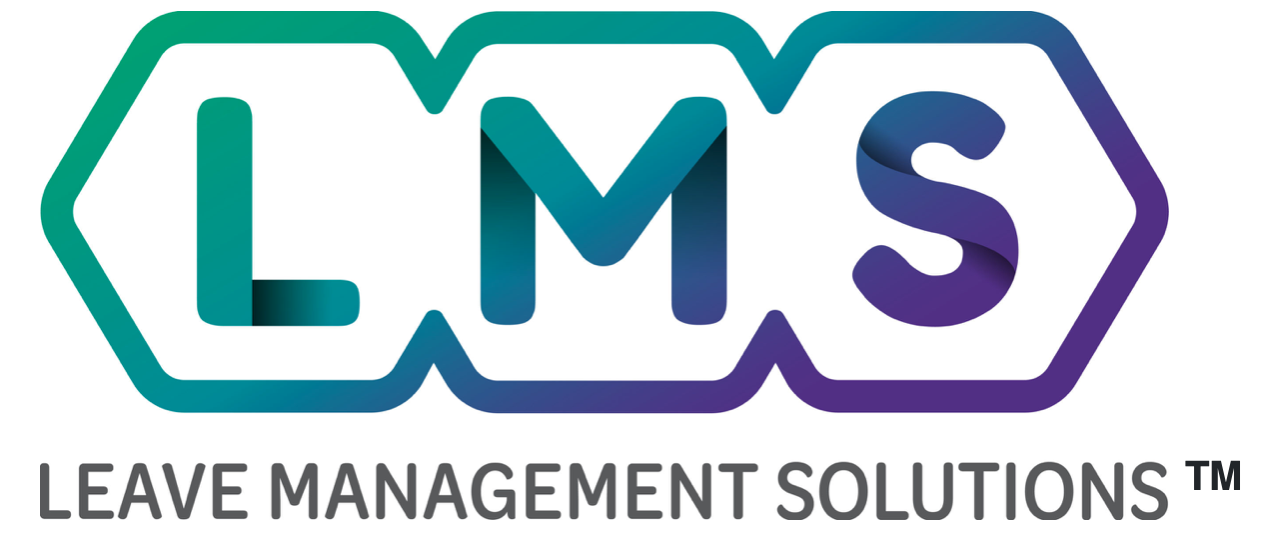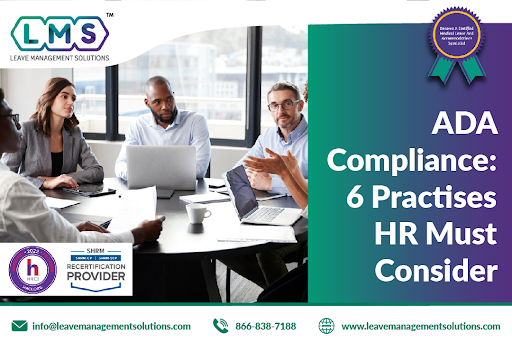According to the 2017 Disability Compendium study, 12.8 percent of the US population has a disability. In other words, the CDC estimates 50 million Americans have a disability.
The Americans with Disabilities Act (ADA) is one of the numerous laws enacted to prevent discrimination against people with disabilities. It is important to note that The Americans with Disabilities Act (ADA) also applies to publicly accessible digital resources such as websites, online documents, and applications.
While the Americans with Disabilities Act (ADA) has been in place since 1990, state and municipal governments adopt new procedures as technology advances. Unfortunately, many employers are still unsure how to comply with ADA regulations. When an employer has a clear grasp of the compliance criteria that they must follow, it is much easier to provide an accessible work environment for workers with disabilities.
Here are our six primary tips that can help your company navigate the ADA compliance procedure.
1. Don’t Make Disability Assumptions
In the United States, about 10% of the disabled American population has an invisible disability. This is important to consider when handling ADA leave, because it highlights that impairments can still be serious without an external, physical attribute.
As an employer, you should constantly keep in mind that every applicant may have a hidden physical or mental disability. Regardless of how simple it is to identify a disability, the criteria is equal for all individuals with unique needs.
When an employee or applicant discloses a physical or mental condition that might affect their ability to work, you must engage in the Interactive Process under the ADA. As soon as you know, or should have known, an employee may need an accommodation to perform the functions of the job, you must engage the employee.
2. Follow A Consistent Implementation Procedure
The ADA protects your diabled employees. Sometimes complying with ADA regulations isn’t always straightforward, so Leave Management Solutions has created a comprehensive Integrated Medical Leave and Accommodation Management System™ for you to follow. When assessing an employee’s accommodation needs and evaluating whether the accommodation would be an Undue Hardship, its imperative you follow a consistent implementation procedure. Any accomodation should assist the employee in performing the Essential Functions of their job at a “meets expectation” level.
Businesses do not typically need extraordinary, inconvenient, or costly measures to accommodate disabled personnel. Most accommodations are under $500. However, employers that fail to comply, on the other hand, risk facing legal action from disgruntled job applicants, present workers, and former employees.
Remember that adhering to the ADA entails more than simply coming up with a fair solution for disabled workers. Compliance also implies that a company has followed through and confirmed the accommodation effectively allows the employee to perform the Essential Functions of their job.
3. Maintain Thorough Documentation
When it comes to the ADA, the employer has the burden of confirming they complied with the regulation. As a result, the company needs to carefully record every step to resolve accessibility concerns, no matter how little those efforts may appear.
This documentation will serve as proof your company acted in Good Faith, engaged in the Interactive Process, conducted an Undue Hardship analysis, and verified the efficacy of the accommodation with no retaliation. The Equal Employment Opportunity Commission, for example, handled a dispute involving the United States Postal Service. The USPS has been questioned about limiting hours for people with impairments.
Thorough documentation can demonstrate that your company fully complied with the ADA. This means documenting every encounter you have regarding ADA accommodations.
4. Treat Every Disabled Employee On A Case-By-Case Basis
According to the ADA’s requirements, businesses must avoid employing a one-size-fits-all approach to dealing with disabled personnel. Each scenario is different and requires unique solutions. Just because two of your workers have the same impairment doesn’t guarantee they’ll have the same accommodation needs either.
For example, specific impairments are progressive, which means that two employees with the same ailment may be at different condition phases and require different adjustments. That is why, rather than attempting to implement a conventional set of adjustments for that specific condition, it is critical to listen to your employees and respond based on those personal interactions.
5. Keep the FMLA in Mind
FMLA is a leave regulation, ADA is a work regulation allowing leave as an accommodation. Employees have the right to ask for leave from work for specific situations under the Family and Medical Leave Act (FMLA). Businesses must protect the employee’s job and medical benefits for up to 12 weeks per year under the FMLA.
When FMLA ends, ADA begins. All the time, every time, no matter what unless it is determined the employee is not a qualified individual with a disability. Employers must implement the ADA to determine if the employee can be accommodated to perform the essential functions of their job, including determining whether additional leave is not an Undue Hardship.
It’s not always simple to ensure that your organization is entirely compliant with ADA rules. But it’s necessary to ensure that the company does not have to face litigation in the future because of ignorance.
You may ensure that your organization is ADA compliant by following Leave Management Solutions’ (LMS) Integrated Medical Leave And Accommodation Management System™.
6. Maintain Flexibility
A company that exclusively conducts initial job interviews over the phone, for example, would have to find alternative ways to accommodate an applicant who is hard of hearing. Employers must be aware and identify alternative solutions that may be appropriate for an applicant or present employee in a given work environment.
Employees and employers may mistakenly believe an ailment to be a disability. That’s why you must confidently understand how to identify a Qualified Individual with a Disability by conducting a Good-Faith Interactive Meeting, an Undue Hardship analysis, and providing Reasonable Accommodations if available.
If you want to master the ADA and take your career to the next level, enroll in our ADA Compliance Blueprint Certification Training. Visit www.leavemanagementsolutions.com/ada-training for more information.

